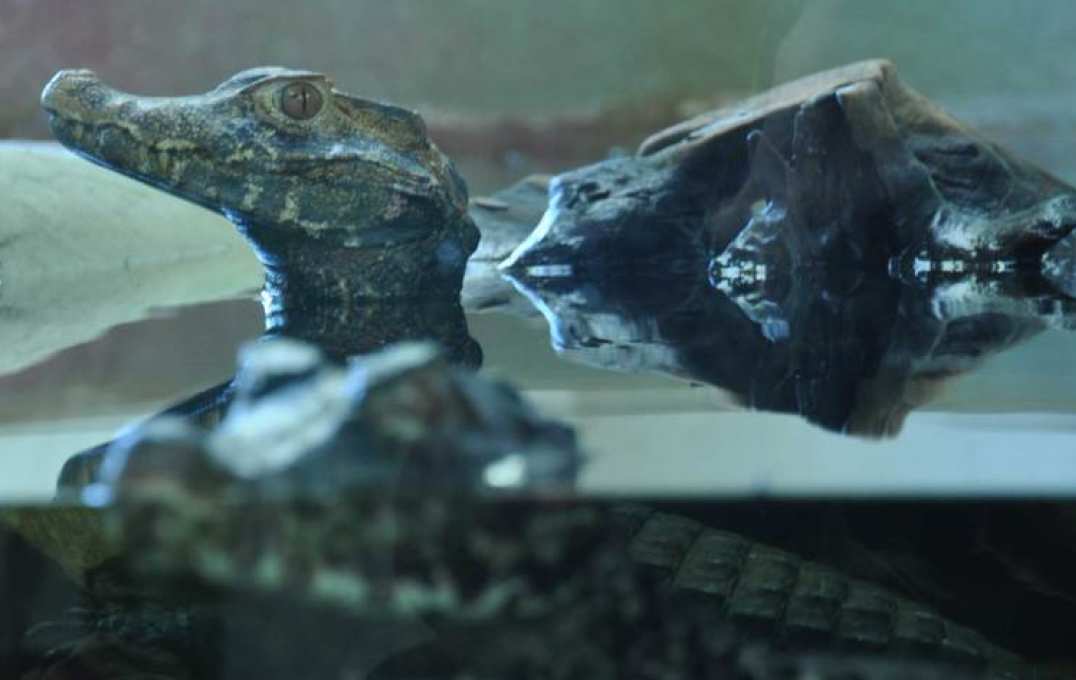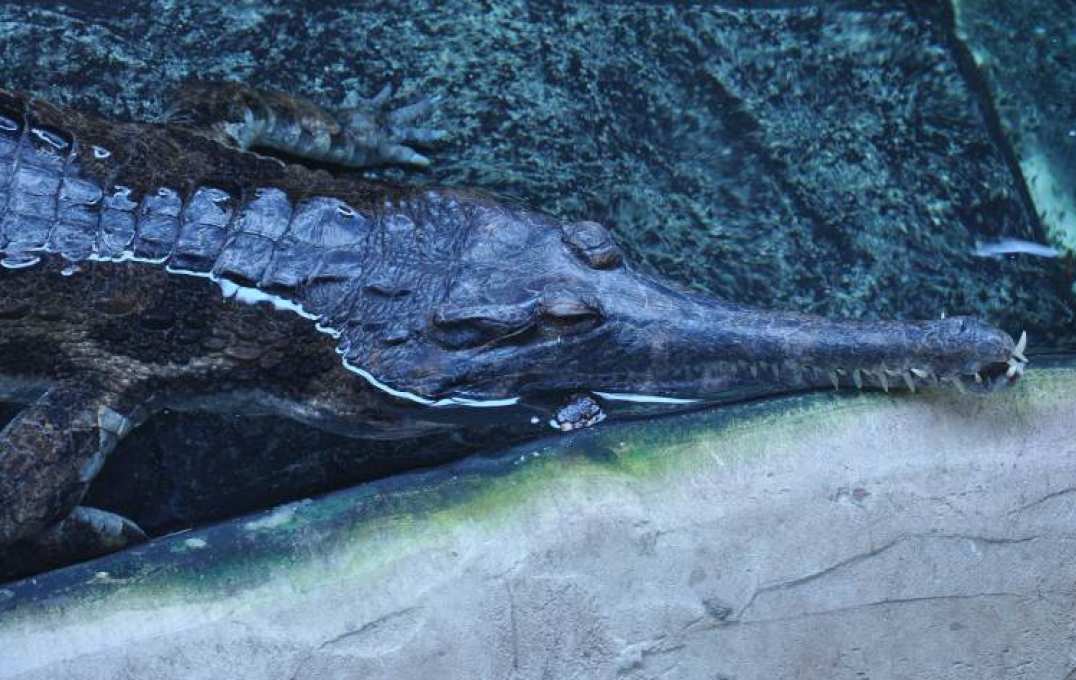
Nobel laureate Professor Donna Strickland

Here’s a batch of fresh news and announcements from across Imperial.
From a laser focused talk from a Nobel laureate, to razor sharp research into the evolution of crocodile faces, here is some quick-read news from across the College.
Laser focus
Professor Donna Strickland, winner of the 2018 Nobel Prize in Physics, visited Imperial this week to give a talk on her work with lasers. Professor Strickland and her supervisor Professor Gérard Mourou invented their Nobel-winning technique, called chirped pulse amplification, during her PhD. The technique allowed much higher intensity lasers to be generated safely, revolutionising the field of laser physics.
Professor Strickland achieved this while at the University of Rochester, where she was a graduate student alongside Imperial’s Provost, Professor Ian Walmsley. You can watch the whole talk, including getting the Provost and the Head of Physics involved in a demonstration with a slinky, in the video above.
A helping hand for homeowners
 A startup founded by two former Imperial students that helps homeowners organise their property finances has received a boost from Europe’s leading property technology VC.
A startup founded by two former Imperial students that helps homeowners organise their property finances has received a boost from Europe’s leading property technology VC.
TRACK is one of six property technology startups to be selected for Pi Labs’ London-based growth programme, which provides funding, mentorship, office space, and opportunities for collaboration.
TRACK, was founded by Byron McCaughey and Henry Oakes, former Full Time MBA students at Imperial College Business School. It was designed to help homeowners to plan and make smart decisions about their property.
The app provides users with instant home valuations and projections, syncs their mortgage balance direct from their lender, and gives a real-time breakdown of each owner's financial stake.
Stress test
 Dr Mazdak Ghajari has taken a new and highly popular approach to teaching computational methods for structural design to undergraduate students in the Dyson School of Design Engineering.
Dr Mazdak Ghajari has taken a new and highly popular approach to teaching computational methods for structural design to undergraduate students in the Dyson School of Design Engineering.
In a practical session for the ‘Finite Element Method’ module second year students stress tested a water tower digitally, before building the structure for real out of spaghetti strands. Many students reported being more confident in their engineering skills due to having had the opportunity to ‘fail’ before testing their physical structure.
Crocodile face evolution
Crocodile snouts are either long, short or moderate, depending on their prey. This pattern has been around for millions of years, but researchers have wondered how crocodiles and their relatives evolved the same skull shapes time and again.
New research by Imperial researcher Dr Arkhat Abzhanov and his Harvard collaborators looked at crocodile skull shapes in adults, juveniles and embryos, since the changes seen as an animal develops could be critical to explaining the way they evolved.
They found that crocodiles can tweak the timing of certain key points in their skull development, known as heterochrony, leading to the different snout lengths and other aspects of skull shape that match their habitat.
The Abzhanov team now wants to investigate how these changes in developmental timing are regulated by the crocodiles’ genes.
Read the full paper in Proceedings of the Royal Society B.
(Images: The Harvard Gazette)
–
Want to be kept up to date on news at Imperial?
Sign up for our free quick-read daily e-newsletter, Imperial Today.

Article text (excluding photos or graphics) © Imperial College London.
Photos and graphics subject to third party copyright used with permission or © Imperial College London.
Reporters
Murray MacKay
Communications Division
Hayley Dunning
Communications Division

Contact details
Email: press.office@imperial.ac.uk
Show all stories by this author
Deborah Evanson
Communications Division

Contact details
Tel: +44 (0)20 7594 3921
Email: d.evanson@imperial.ac.uk
Show all stories by this author
Andrew Youngson
Communications Division









Leave a comment
Your comment may be published, displaying your name as you provide it, unless you request otherwise. Your contact details will never be published.